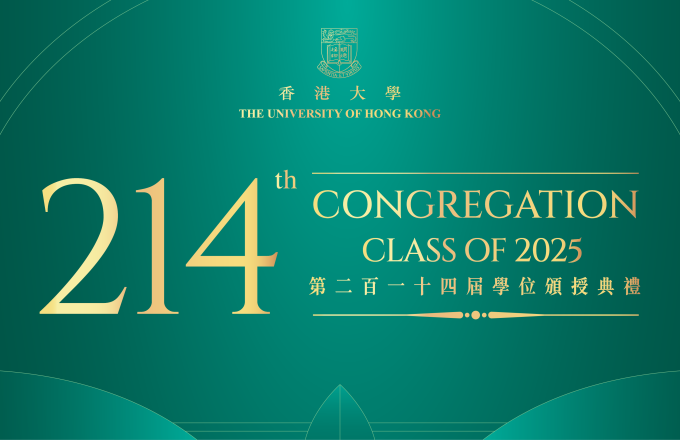Decomposing Trends in the Gender Gap for Highly Educated Workers
Prof. Ling Zhong
Assistant Professor of Economics
Cheung Kong Graduate School of Business
This paper studies the gender gap among full time college educated workers born between 1931 and 1984. Using rich data from the National Survey of College Graduates and other sources on college graduates and their labor market outcomes, we decompose trends in the gender earnings gap across birth cohorts into trends due to differences in the relative returns to undergraduate and graduate degree field combinations, trends in gender differences in undergraduate field, graduate degree attainment, and graduate field, and trends in a cohort and gender specific “residual component” that shifts the gender gap in earnings by the same amount for all college graduates. We have three main sets of findings. First, we find that much of the large gap in earnings between the 1931 and 1950 cohorts is due to the “residual component”. Most of the decline is within occupation, especially for the early cohorts. The residual gap varies little from 1951 to the late 70s, after which it resumes its decline. Second, we find that gender differences in the relative return to undergraduate and graduate degree combinations matter for the gender gap, but contribute very little to the decline in the gender gap over the full time period. Third, we study and further decompose the “education gap” the contribution of college major, graduate degree attainment and graduate field to the gap. When evaluated at fixed relative returns to each degree type, the education gap declines substantially and is an important part of the narrowing of the gender gap. But this decline is largely offset by cohort trends in the relative returns to specific fields that worked in favor of men against women. Overall, the education gap varies in a narrow range around 0.2 and accounts for very little of the decline.















